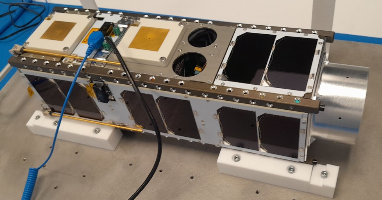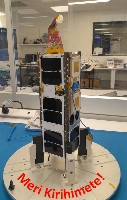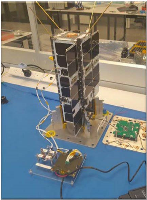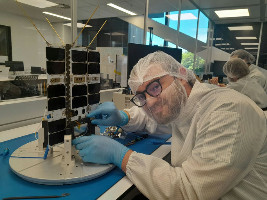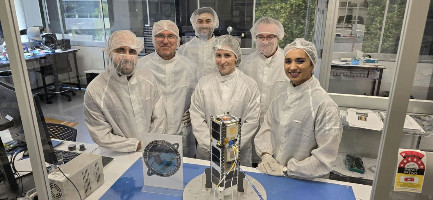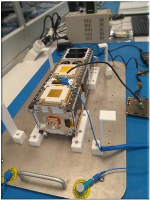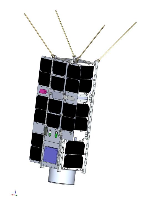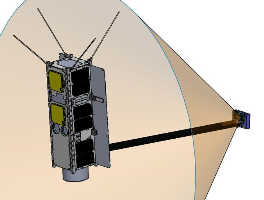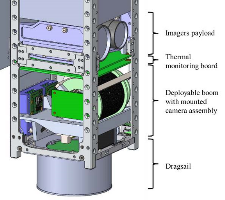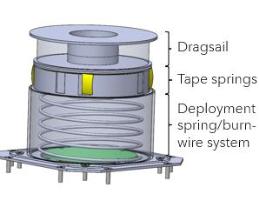| Satellite | TPA-1 (e Te Pūnaha Ātea) |
|---|---|
| Type | CubeSat |
| Units or mass | 3U |
| Status | not launched, expected in 2025 |
| Launcher | Falcon 9 |
| Organisation | University of Auckland |
| Institution | University |
| Entity type | Academic / Education |
| Country | New Zealand |
| Manufacturer | AIVT by NanoAvionics |
| Partners | Te Pūnaha Ātea – Space Institute |
| Oneliner |
3 payloads: a drag sail for deorbiting, a deployable boom aka “the selfie stick” and Earth Observation cameras. |
| Description |
The TPA-1 mission consists of technology demonstrations with
The Imager payload consists of two independent payloads integrated on a common interface PCB and mechanical structure: an Earth Observation (EO) Imager and Deployables Imager. The EO Imager payload consists of an off-the-shelf Raspberry Pi compute module 4 mounted on a bespoke interface board and is connected to two camera systems. The thermal monitoring payload is a simple system to provide readout from multiple thermal sensors located around the spacecraft. The data gathered will provide a fuller picture of the thermal environment within the spacecraft than is available from integrated subsystem sensors. The data generated will be used to develop and validate thermal models for future missions. The Deployable Boom payload uses a rolled Carbon Fibre Reinforced Polymer (CFRP) deployable boom and drive mechanism to extend a set of cameras away from the body of the spacecraft. Unlike previous missions where either a passive payload is deployed [3] or a single deployment is made of an active payload [4,5], our Deployable Boom system can extend the active camera payload multiple times. These cameras, which are orientated to look back at the spacecraft and deploy from the Zenith face, will capture stereoscopic imagery and video of the CubeSat. The cameras themselves are the same RaspberryPi cameras that are used on the Deployables Imager payload for continuity of parts, such as the interface electronics. Dragsail systems have flown on a number of CubeSats, as well as larger spacecraf. Here, we aim to demonstrate a self-contained system which has minimal impact on the power, mass and volume constraints for nanosatellites. The TPA-1 Dragsail system is designed to fit entirely within the extended “Tuna-can” volume made available by the internal diameter of the spring in commercial deployment pods. Typically, dragsail systems have been integrated into the main body of the spacecraft, reducing the already limited payload volume available in these CubeSats. |
| Sources | [1] [2] [3] [4] |
| Photo sources | [1] [2] [3] [4] |
| COTS subsystems |
|
| Subsystems sources | [1] [2] |
| Keywords | Deployable boom, De-orbit device |
Last modified: 2025-04-18
